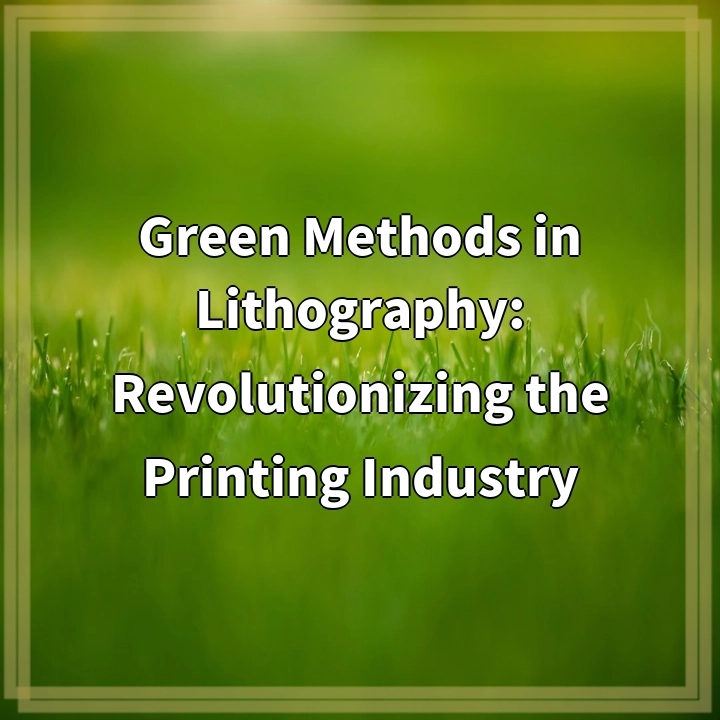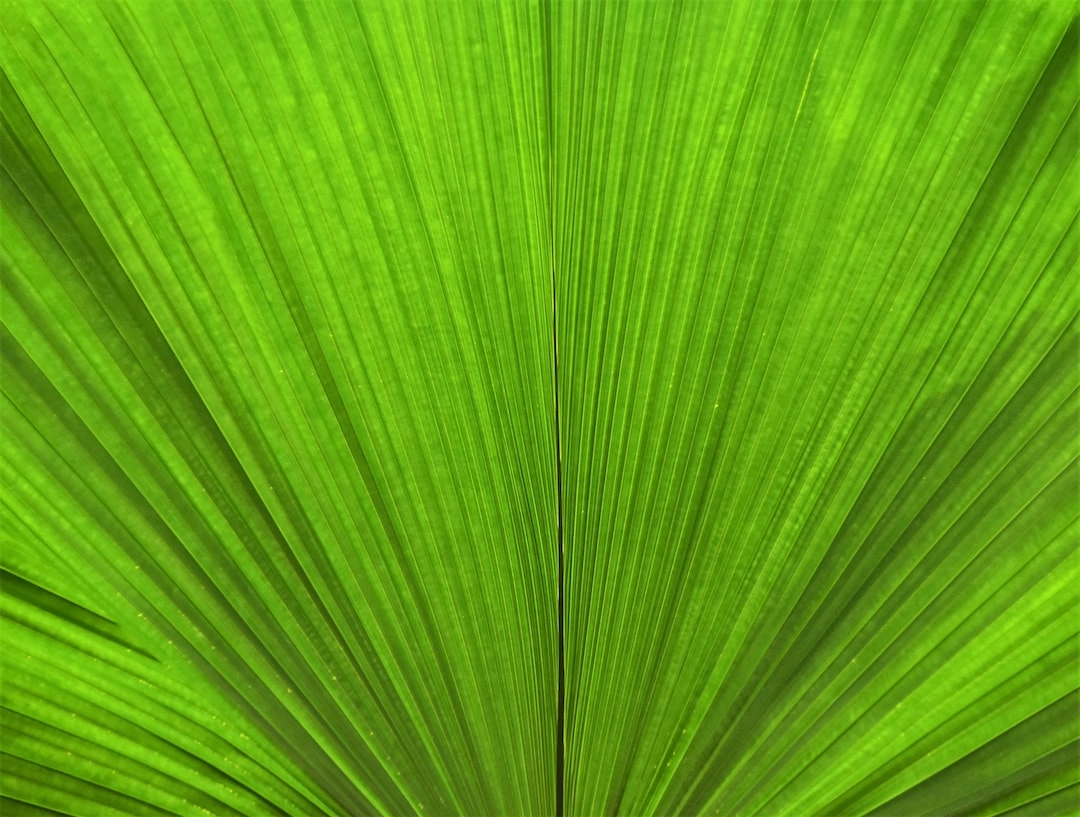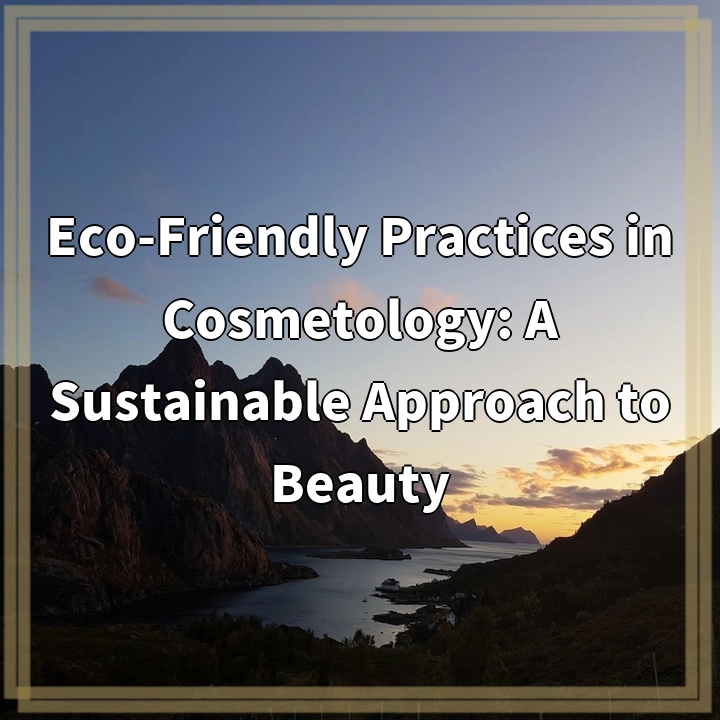
What is Green Methods in Lithography?
Green methods in lithography refer to sustainable and environmentally friendly practices adopted within the printing industry. Lithography is a popular printing technique that involves transferring ink from a plate onto a surface to create images or text. However, traditional lithographic processes can have significant negative environmental impacts, including high water and energy consumption, the use of toxic chemicals, and the generation of hazardous waste.
Real-World Problems Associated with Traditional Lithography
Traditional lithography techniques have several drawbacks that pose challenges to the printing industry and the environment:
High Water and Energy Consumption
Traditional lithography relies on large quantities of water for plate development, fountain solutions, and ink applications. This not only places a strain on water resources but also requires substantial energy to heat and treat the water.
Use of Toxic Chemicals
Chemicals such as alcohol-based solvents, volatile organic compounds (VOCs), and heavy metals are commonly used in lithographic processes. These substances can be harmful to both human health and the environment when not managed properly.
Generation of Hazardous Waste
The traditional lithography process generates significant amounts of waste, including unused chemicals, plates, and contaminated water. Disposing of these materials properly can be expensive and poses environmental risks if not handled according to regulations.
Transitioning to Green Methods in Lithography
Recognizing the environmental impact of traditional lithography, the industry has been progressively adopting green methods to mitigate these problems. These methods focus on reducing resource consumption, minimizing toxic chemical usage, and implementing more sustainable waste management practices.
Waterless Lithography
One approach to reducing water consumption is by adopting waterless lithography technologies. These systems eliminate the need for a continuous water supply, reducing water usage and the associated energy consumption for water treatment and drying.
Soy and Vegetable-Based Inks
Traditional lithographic inks often contain petroleum-based solvents. Green methods promote the use of soy and vegetable-based inks, which are derived from renewable resources and have lower VOC emissions.
Recycling and Waste Reduction
Implementing recycling programs for plates, ink cartridges, and paper waste can significantly reduce the environmental impact of lithographic printing. Proper waste management ensures that hazardous materials are disposed of safely and non-hazardous materials are recycled or reused.
Conclusion
Green methods in lithography represent a shift towards more sustainable and eco-friendly practices within the printing industry. By adopting waterless lithography, using soy and vegetable-based inks, and implementing recycling and waste reduction programs, the industry can significantly reduce its environmental footprint. These green methods not only address the real-world problems associated with traditional lithography but also contribute to a more sustainable future for the printing industry.

Solutions for Green Methods in Lithography
Waterless Lithography
Adopting waterless lithography technologies eliminates the need for continuous water supply, reducing water usage and associated energy consumption for water treatment and drying.
Soy and Vegetable-Based Inks
Using soy and vegetable-based inks derived from renewable resources helps reduce the environmental impact of lithographic printing by lowering VOC emissions.
Recycling and Waste Reduction
Implementing recycling programs for plates, ink cartridges, and paper waste ensures proper waste management and reduces the industry’s environmental footprint. Recycling and reusing materials help minimize the generation of hazardous waste.
Conclusion
By adopting waterless lithography, incorporating soy and vegetable-based inks, and implementing recycling and waste reduction programs, the printing industry can significantly improve its environmental sustainability. These solutions address the high water and energy consumption, usage of toxic chemicals, and generation of hazardous waste associated with traditional lithography. Embracing green methods in lithography is not only beneficial for the environment but also contributes to a more sustainable future for the printing industry.















